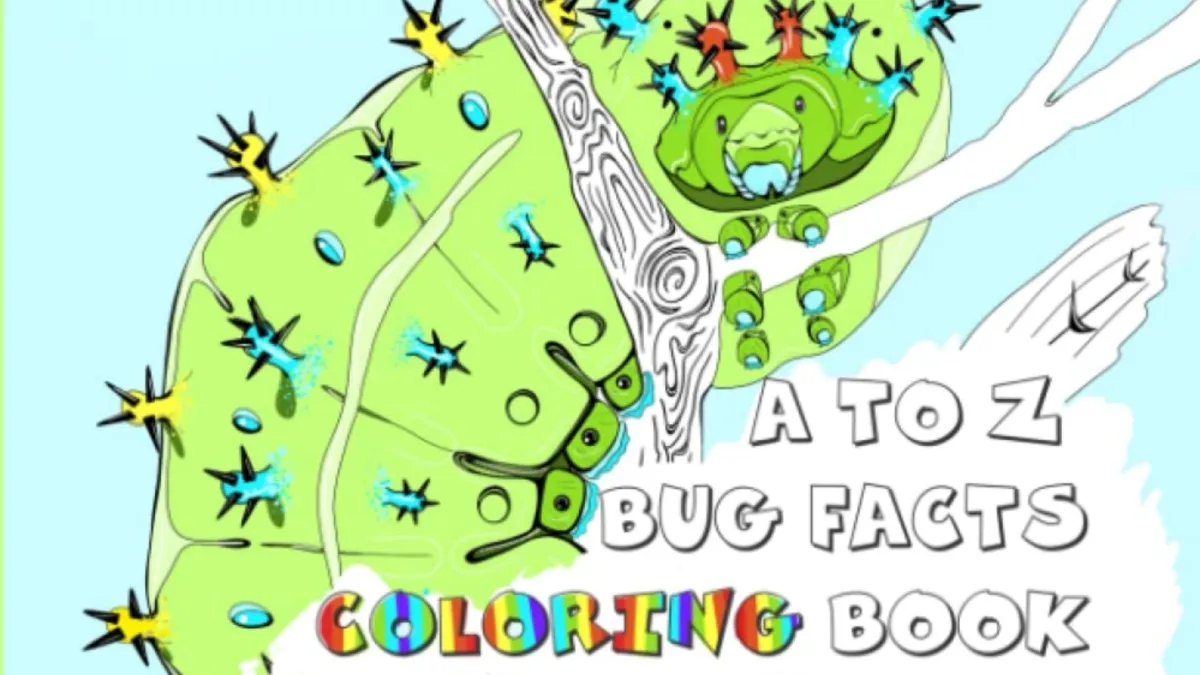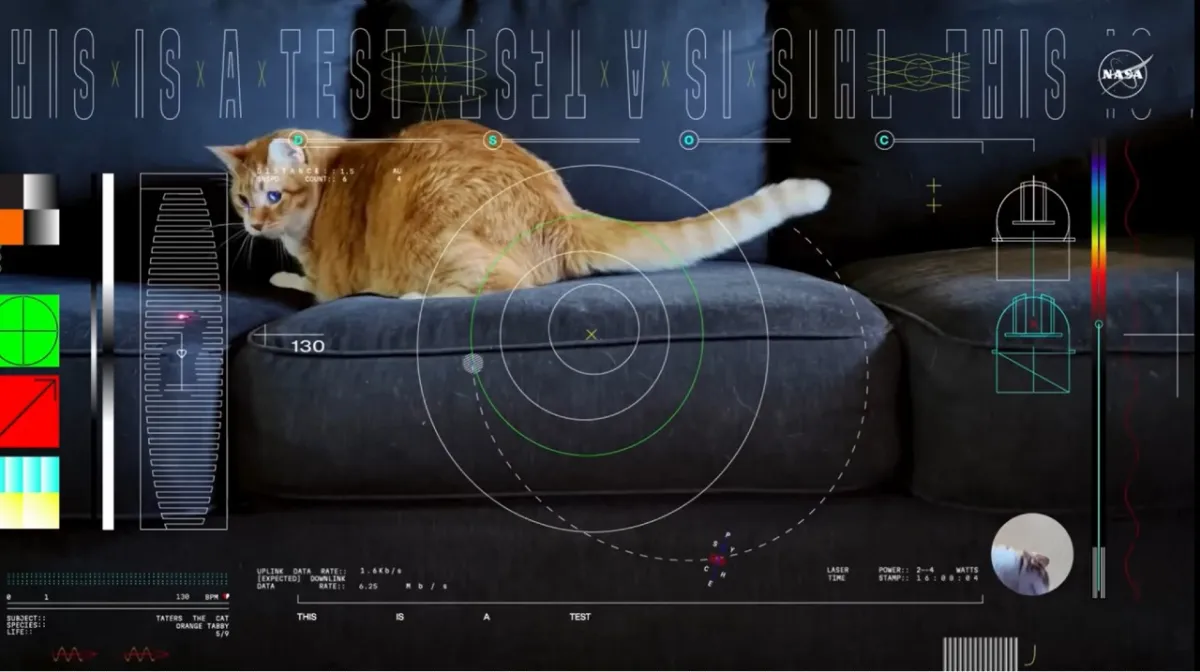Have you ever wondered how many molecules, exactly, it actually takes to make an ice crystal? You haven’t? Yeah, us neither. That hasn’t stopped researchers at Germany’s Max Planck Institute from devoting significant portions of their rapidly passing mortal lives to answering that question. We can all now sleep better knowing that to make an ice crystal, you need about 275 water molecules.
To tell if an agglomeration of molecules that small is actually a crystalline structure, Planck Institute chemists needed to determine how many molecules were present, which they did using mass spectrometry. They also needed to determine whether those molecules were arranged in a crystalline structure — a job for infrared spectroscopy.
The rest of the process was a surprisingly simple matter of plugging in more and more water molecules and testing them to see if they were ice yet. That is, it was surprisingly simple if you consider arranging single molecules of water for study and analyzing them to determine whether they have taken on a crystal structure simple. Which, if you work at the Max Planck Institute, it pretty much is, we guess? The work isn’t just a novelty, though — the techniques the team developed in looking at water molecules for this study could be used in the future to learn more about how crystalline structures develop in other substances.
(via PhysOrg)








Published: Sep 21, 2012 02:43 pm